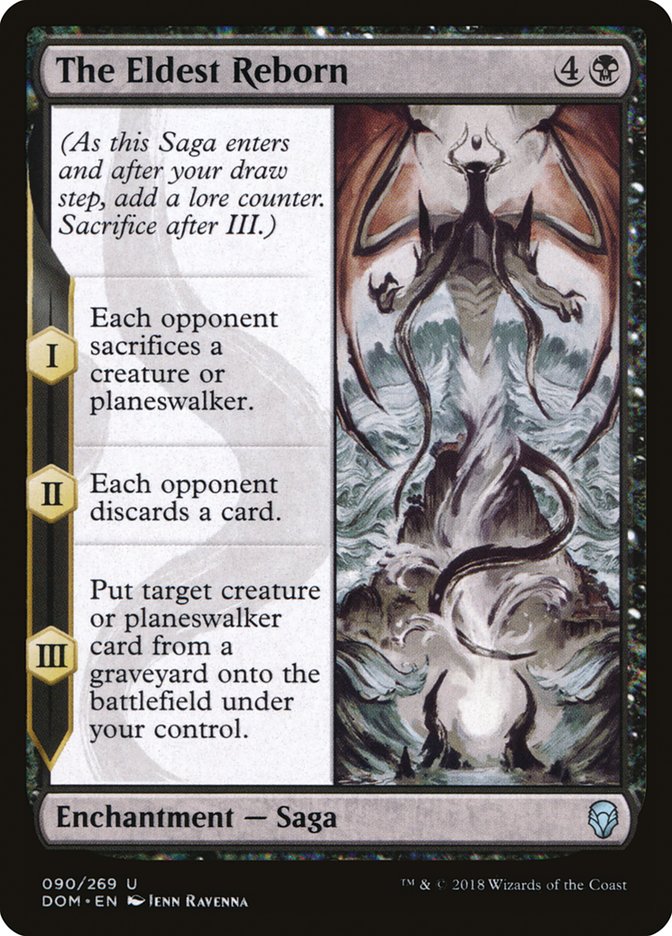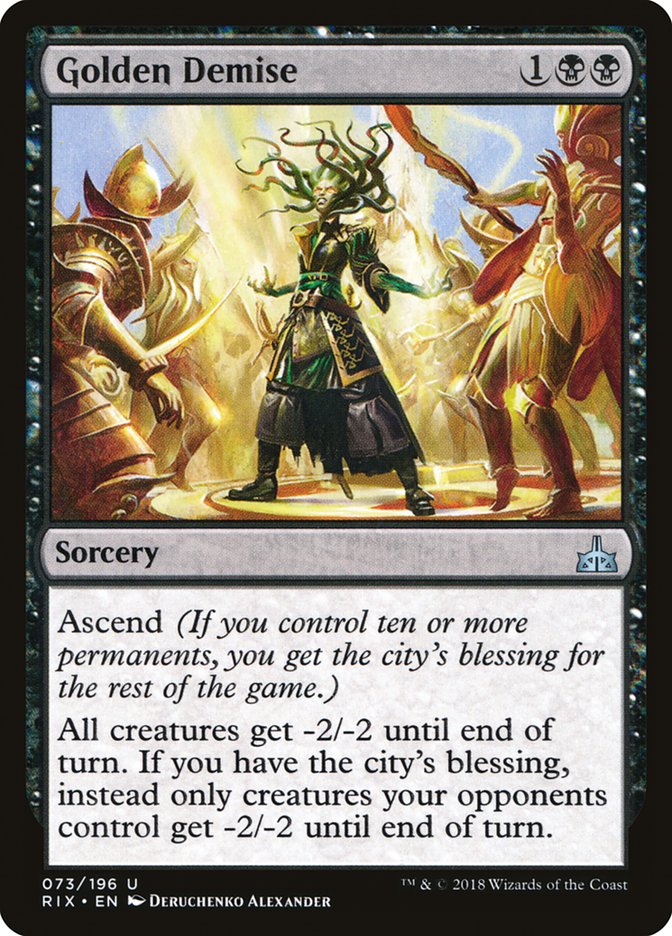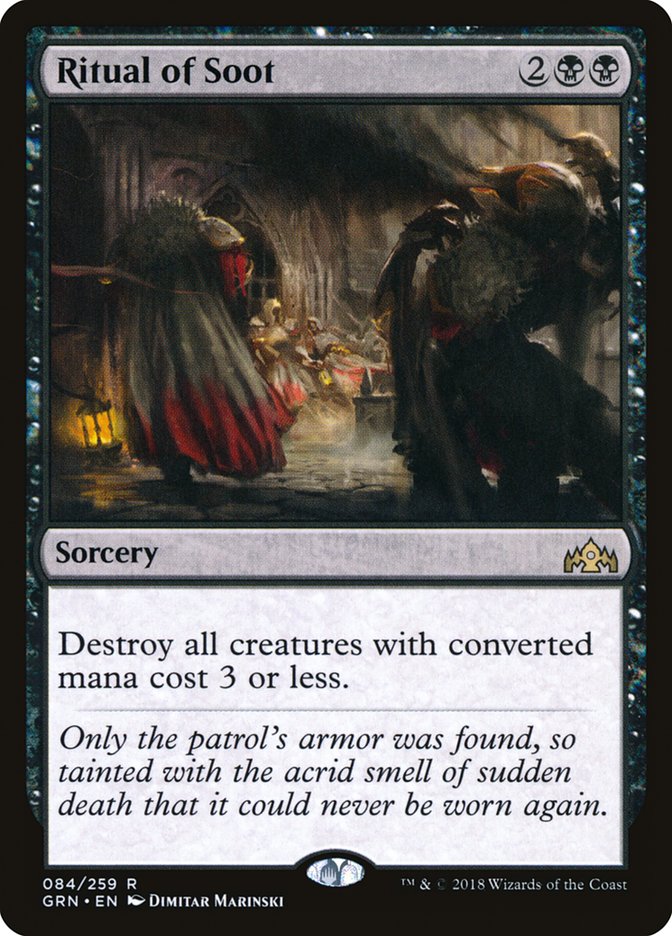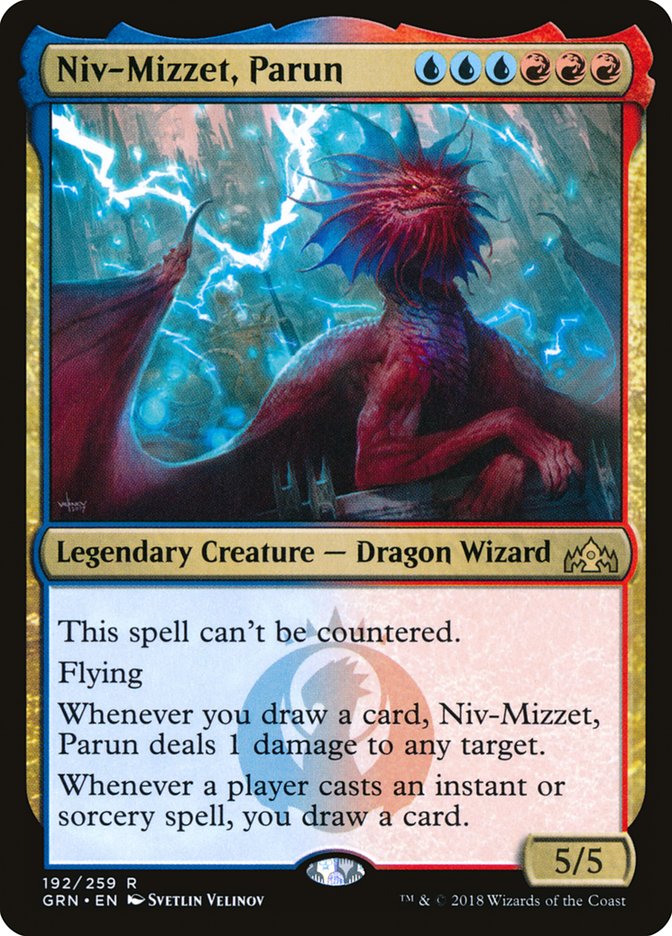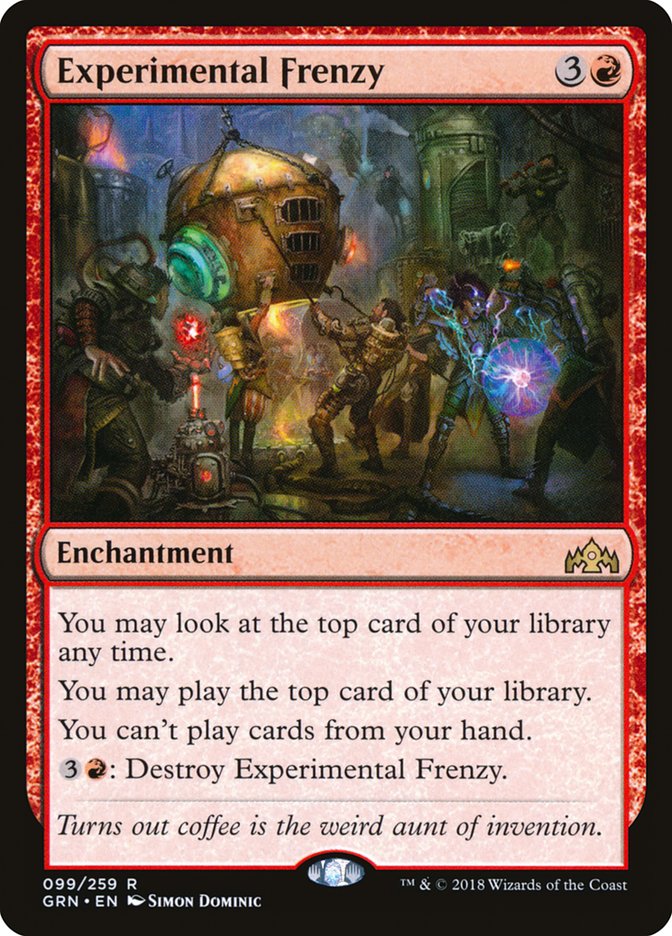Pro Tour Guilds of Ravnica was both a success and a disaster at
the same time for this grizzled control veteran. I couldn’t prepare for the
event as much as I have in prior years, but I was very confident that my
Standard deck was poised for a strong performance. I knew my deck was
sculpted to handle the onslaught of aggro that festers at premier events in
a new format, and
I had a chat with Adam Styborski of WOTC coverage to discuss the Esper
movement
.
Shaheen Soorani (@shaheenmtg)
is 2-0 in #PTGRN
Standard with his on-brand Esper Control and needs to dispel the rumors
that he ever played anything else.
Those other decks were
apparently “Non-Esper Esper”.
Jeez, check your facts, people!
pic.twitter.com/IjmLW9L9wm—
Magic Pro Tour (@magicprotour) November
9, 2018
Unfortunately, there are two formats on display at Pro Tours these days,
which led me to a different result than I would have liked.
Lately at these premier events, I have been getting my clock cleaned in
Limited. I used to be a guru of the 40-card deck, hoisting more Draft Open
trophies than any other competitor of the era. Outside of the SCG success,
I always looked forward to the Draft portion of any applicable event. After
countless 2-1 and 3-0 records at PTs and GPs, I felt that Limited had
become the strongest area in my game. Fast forward to the present, and it
isn’t that way anymore.
There are no more Limited events on the SCG Tour,
the number of Sealed GPs decreased, and the road to qualify for premier
events rests mainly in the Constructed world. Due to this shift away from
Limited, the time I have for testing must be reserved for the more relevant
of the format types.
I spent the better part of a month grinding Constructed, preparing myself
for an event that would showcase a new Kaladesh-free format. I did
do a small handful of booster drafts, but it wasn’t enough to prepare me
against the highest caliber of player. Not only did I not know the
nuisances of Guilds of Ravnica Limited, I have also lost my
fundamentals that are essential to Draft/Sealed success. The result in the
Draft portion of Pro Tour Guilds of Ravnica was 2-4, which matches
my Limited record from the previous Pro Tour. The only reason I have been
able to scrape together some resemblance of success from Draft lately is my
newly acquired addiction to MTG Arena. Although I don’t have the time to
test (a boring task), I have miraculously found a way to stay up through
the night engaged in Limited warfare.
After a demoralizing 2-4 start last weekend, that fire to compete with
Esper Control kicked in. I started off the rounds with an easy 3-0,
defeating Izzet Drakes, Jeskai Control, and Boros Angels. The matches
weren’t close and the deck was firing on all cylinders. The next round I
was paired against one of the other three Esper Control players in the
room, but luckily my build was much stronger in the mirror. I claimed a
quick game 1, had him dead game 2, and then the giveaways began. I made an
errant decision to speed the game up, gave him an out, and was rightfully
punished. This series of misplays continued into day two, making my
tournament finish poor in the end. My Constructed record was 4-4, but three
of those losses were identifiably my fault and would have been victories
with a bit more focus.
The point of this breakdown wasn’t to vent, but to reaffirm what I believed
and tested prior to Pro Tour Guilds of Ravnica – Esper Control and
Jeskai Control are both strong options moving forward in this aggressive
field. Although Boros Aggro conquered the opposition in the tournament, I
don’t believe it’s the best deck in the format. Out of the 22 decks with
8-2 (or better) records, only four of them fell in the archetype. The six
pilots that entered the elimination rounds made it there through skillful
Limited play and were equipped with a Standard deck good enough to cross
the finish line. Boros Aggro is a powerful deck and maybe the best
aggressive strategy to utilize moving forward, but it’s not a tough matchup
for control if we make slight changes to our control decks.
The days of three or four sweepers is over. Standard is all about those
cheap creatures, and we can’t rely on spot removal and Vraska’s Contempt to
keep us safe. That mistake cost me dearly at the Pro Tour, along with my
lack of practice against a few rogue decks I was forced to battle. Jeskai
Control has Deafening Clarion, which was my nomination for
the best control gain from Guilds of Ravnica
. In a perfect world, three damage would do the trick, but unfortunately,
some creatures are resilient to that type of destruction.
I determined this prior to the Pro Tour and added maindeck Golden Demise to
Esper Control. It was fantastic when drawn, but only two copies of it and
two copies of Ritual of Soot wasn’t enough to guarantee its arrival in game
1. The ability to give creatures -2/-2 instead of trying to damage them
into the graveyard is huge. Adanto Vanguard and Dauntless Bodyguard have
revolutionized contemporary aggro, making us compensate with removal that
matches. The games where Golden Demise was cast didn’t seem fair, and I was
able to easily mount the offensive next turn. Let’s look at the Esper
Control deck that can take on the top ten decks of Standard:
Planeswalkers (4)
Lands (27)
Spells (29)

There are some decks that I’ve been mopping the floor with and others that
require a little creativity to defeat. Luckily for us, the metagame has
been relatively solved. Nothing at the Pro Tour shocked our team, nor was
there a deck that felt leagues above the rest in power level. There are
about ten high end decks that you’ll see at local events, as well as the
big leagues when you travel to your next premier event.
The Easy Ones
- Boros Angels
- Izzet Drakes
These two decks have been the punchline when I’ve faced them in battle.
Boros Angels is an easy one to dissect on paper because the deck is full of
worthless removal, easy to kill threats, and a moderate clock that can be
easily halted. It was a great metagame call for Brad Nelson at GP New
Jersey a few weeks ago, but it still persists around the tournament scene
today. I can see the draw to a deck like this, knowing you’re such an
advantage to creatures that do not have the flying keyword.
Izzet Drakes seems like it would be a trickier matchup, but it’s even
easier to beat than Boros Angels. Esper Control boasts its exile
capabilities in a format that seems to have forgot how to remove threats
permanently. Arclight Phoenix is the most hyped threat of the new Standard
and for good reason. It has haste, is tough to block, and can return at a
moment’s notice. These traits do not scare Vraska’s Contempt and the
remainder of their threats in game one is embarrassing to the skilled
control pilot. Niv-Mizzet, Parun is the only card with text against Esper
Control and is very tough to defeat once it hits the battlefield.
The way most games play out is most of their Drakes get removed by a
Thought Erasure, The Eldest Reborn takes care of those that slip through,
and the barrage of counterspells from Esper Control hit all their card draw
starting in the earliest of turns. This makes it difficult for them to
amass several spells required for Arclight Phoenix to be effective, as well
as Niv-Mizzet, Parun joining the party. The sideboard bombshell Profane
Procession it nearly unbeatable in the matchup. I landed one on turn 3 in
the second game and my opponent knew the game was over right there. I’ve
also been able to catch the Izzet Drakes world off-guard with Thief of
Sanity on turn 3, when they have limited removal after sideboard.
The Favorable Ones
- Mono-White Aggro
- Mono-Blue Aggro
- Boros Aggro
- Boros Tokens
The aggro caucus isn’t happy about being on this list after so long but
they’ll find no sympathy in this disgruntled control elder’s heart. The
aggro decks without reach have landed into the favorable column, not having
the volley of burn behind their early creatures. Each of these decks is
eradicated by an early sweeper, especially Golden Demise. I wish we didn’t
have to run an Infest-like card in the maindeck, but it’s a must moving
forward. The one-drops are just too plentiful and powerful for these decks
to leave the top tier stage.
Mono-Blue Aggro is on the decline now, but it’s still an affordable deck
that packs a punch. It’s trickier to play against than the white-based
creature decks, but more susceptible to getting locked out of the game
after removing their initial threats. Boros Aggro and Mono-White Aggro both
have outs to return to the game after their army has been vanquished. A
transformed Legion’s Landing, Heroic Reinforcements, or Experimental Frenzy
can all knock us out in the final stages of stabilizing. The most important
aspect to this matchup’s success is to not allow any of those three to
occur, even if it means taking more damage to defend the sweeper with a
protective Negate.
The Medium Ones
- Golgari Midrange
- Selesnya Tokens
- Jeskai Control
This list contains matchups that I have beaten on a regular basis but can
be very close and depends on their build. Jeskai Control is a perfect
example of a deck that can be tough, but only if they have Azor’s Gateway.
Those lists that don’t run the legendary artifact have little chance to
defeat our control deck that packs maindeck Negate, hand disruption, and
The Eldest Reborn. If our Jeskai Control opponent does have it though,
we’re in deep trouble. Their ability to filter away dead cards game 1 makes
them better equipped to start 1-0.
The midrange decks these days are harder to beat, but still manageable. The
build of these decks is very important. If they’re planeswalker heavy
and/or run The Immortal Sun, the matchup puts the pressure on. Without
these control bullets, Selesnya Tokens and Golgari Midrange fall into the
same food group that control decks have historically preyed upon.
The Scary Ones
- Mono-Red Aggro
There’s just one king at the top of this frightening hill, and it’s
Mono-Red Aggro. This matchup is also build-dependent, but most fire users
are properly equipped with four Risk Factor and four Experimental Frenzy
after sideboard. I haven’t lost to this deck at an alarming enough rate to
hit the panic button, but it’s a very tough matchup every time I encounter
it. They can dish out so much damage quickly that you are forced to react,
often giving them a window to slip an Experimental Frenzy onto the
battlefield.
Unlike Mono-White Aggro, Mono-Red Aggro uses the enchantment to continue to
deploy lethal burn spell after lethal burn spell. When facing against
Mono-White, the threats off the top of the library fall to countermagic,
removal, and sweepers. The answers to the red variety of threats is much
more specific. Invoke the Divine gives us a sideboard out to a resolved
Experimental Frenzy, but it doesn’t help much against countless Risk
Factors. If you keep your life total high and prevent the enchantment from
resolving, the matchup can be won.
**
With only one true bad matchup, I’m confident that this build of Esper
Control has a good shot of helping me win Standard matches at SCG Las Vegas
or Grand Prix Milwaukee. Let’s go.


